Home>Furniture>Outdoor Furniture>How To Care For Ipe Decking
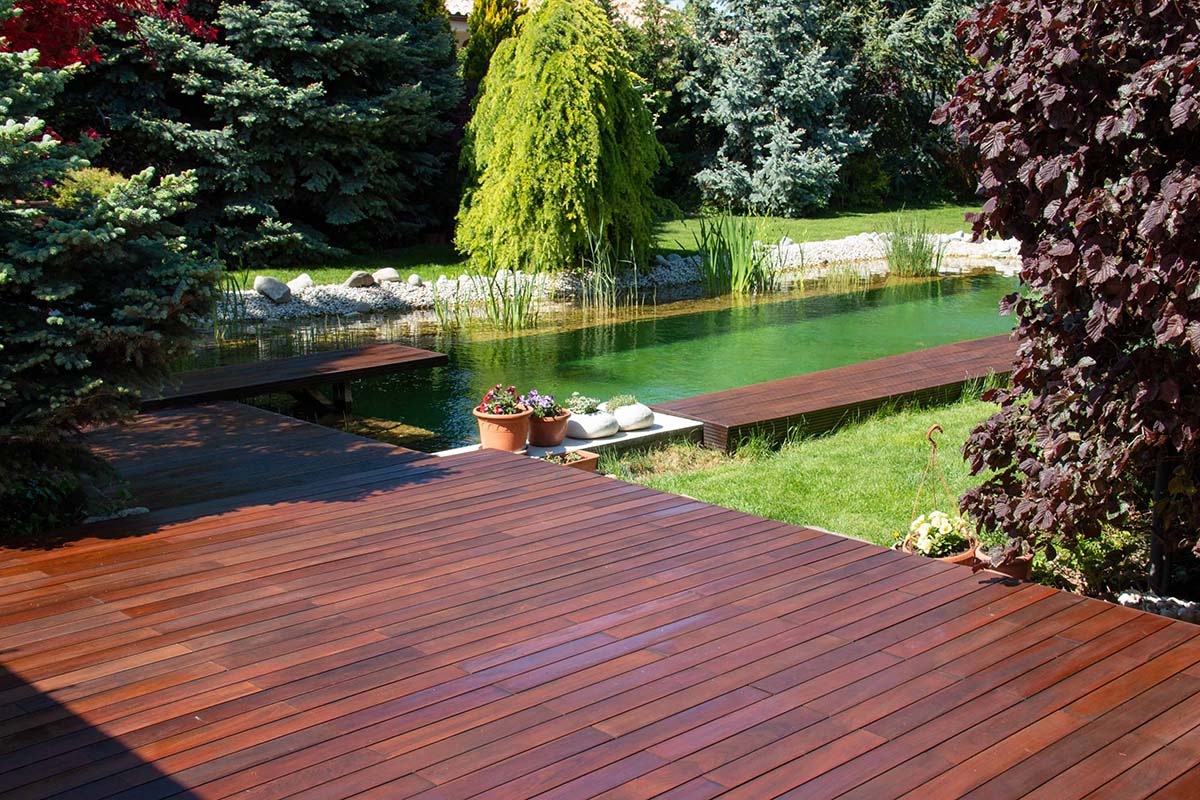

Outdoor Furniture
How To Care For Ipe Decking
Modified: March 7, 2024
Learn how to properly care for your ipe decking and ensure its longevity. Discover the best practices for maintaining your outdoor furniture and keeping it looking great for years to come.
(Many of the links in this article redirect to a specific reviewed product. Your purchase of these products through affiliate links helps to generate commission for Storables.com, at no extra cost. Learn more)
Introduction
Welcome to our comprehensive guide on how to care for Ipe decking. Ipe, also known as Brazilian Walnut, is a popular choice for outdoor furniture due to its durability, natural beauty, and resistance to rot, insects, and weathering. Whether you have recently installed an Ipe deck or are planning to, it is essential to understand how to properly maintain and care for this high-quality hardwood to ensure its longevity.
In this article, we will take you through the process of understanding Ipe decking, preparing for installation, the installation process itself, and provide you with valuable cleaning and maintenance tips. Additionally, we will cover how to restore and revitalize your Ipe decking and address some common issues that you may encounter along the way.
By following these guidelines, you can ensure that your Ipe decking remains in excellent condition, withstands the test of time, and maintains its stunning appearance for years to come.
Key Takeaways:
- Properly caring for Ipe decking involves understanding its unique qualities, preparing the installation area, and following regular cleaning and maintenance routines to preserve its beauty and durability.
- Restoring and addressing common issues with Ipe decking, such as surface cracks and discoloration, can help extend its lifespan and keep it looking stunning for years to come.
Read more: What Is Ipe Decking
Understanding Ipe Decking
Ipe decking, also known as Brazilian Walnut, is a type of hardwood derived from the Tabebuia tree, which is native to the tropical regions of Central and South America. It is highly sought after for outdoor furniture, including decks, due to its exceptional strength, durability, and resistance to decay and insect damage.
One of the key characteristics of Ipe decking is its natural ability to resist water absorption and decay. This makes it an ideal choice for outdoor applications where exposure to moisture is prevalent. Unlike other types of wood, Ipe has a tight grain structure, which helps prevent the growth of mold, fungus, and bacteria.
Furthermore, Ipe decking is known for its beautiful appearance. It features a dark brown to olive-brown color with streaks of lighter golden brown throughout. Over time, with exposure to sunlight and weathering, the color of Ipe decking will naturally darken, deepening its rich, luxurious shade.
In terms of its physical properties, Ipe decking is exceptionally dense and hard. With a Janka hardness rating of around 3,680 pounds, it is one of the hardest woods available. This hardness not only contributes to its longevity but also makes Ipe decking resistant to scratches and wear.
It is important to note that due to its dense nature, working with Ipe decking requires specific tools and techniques. It is recommended to use carbide-tipped saw blades and drill bits when cutting or drilling into Ipe. Additionally, pre-drilling holes and using stainless steel screws is recommended to prevent splitting and ensure a secure installation.
When it comes to sustainability, Ipe decking has both pros and cons. While it is a renewable resource, it is critical to ensure that the harvesting and sourcing of Ipe lumber are done in an ecologically responsible manner. Look for certifications such as Forest Stewardship Council (FSC) to ensure that the Ipe you are purchasing comes from well-managed forests.
Now that you have a better understanding of Ipe decking and its characteristics, let’s move on to the next step: preparing for its installation.
Preparing for Installation
Before you begin the installation process for your Ipe decking, it is essential to properly prepare the area to ensure a successful and long-lasting outcome. Here are some key steps to take when preparing for the installation:
- Measure and plan: Accurate measurements and detailed planning are crucial to avoid unnecessary waste of materials and ensure a smooth installation. Measure the area where you intend to install the Ipe decking, taking into account any obstacles such as posts or stairs.
- Inspect the substructure: Prior to installing the Ipe decking boards, carefully inspect the substructure to ensure stability and structural integrity. Any components that are damaged or weakened should be repaired or replaced.
- Create proper drainage: To prevent water accumulation and potential damage, ensure that the substructure has sufficient drainage. Proper slope and adequate spacing between boards are essential for water to flow freely and prevent pooling.
- Apply a vapor barrier: To minimize moisture absorption from the ground, it is recommended to install a vapor barrier between the ground or concrete and the substructure. This will help prevent the Ipe decking boards from warping or cupping over time.
- Plan for ventilation: Ipe decking needs proper ventilation to prevent moisture buildup. Leave sufficient gaps between boards during installation to allow for adequate airflow, and consider using ventilation products specifically designed for wood decking.
In addition to these practical steps, it is worth considering the climate and environment in which the Ipe decking will be installed. If you live in an area with high humidity or heavy rainfall, you may need to incorporate additional measures to ensure the long-term durability of the decking.
Finally, it is important to source high-quality Ipe decking boards and materials from a reputable supplier. Look for sustainably harvested Ipe that is kiln-dried and properly stored to minimize the risk of warping or twisting.
By taking the time to prepare properly for the installation of your Ipe decking, you can set the stage for a successful and visually stunning outdoor space. Once you have completed the preparation, it’s time to move on to the installation process itself.
Installation Process
Installing Ipe decking requires careful attention to detail and adherence to specific guidelines to ensure a successful and long-lasting outcome. Here are the steps involved in the installation process:
- Start with the frame: Begin by installing the substructure or frame for your Ipe decking. Use treated lumber or other suitable materials that can withstand outdoor conditions. Ensure that the frame is level, plumb, and securely anchored to the ground or supporting structure.
- Place deck boards: Lay the Ipe decking boards on the frame, starting from one edge and working towards the other. Leave a small gap between each board to allow for natural expansion and contraction. This gap will also allow water to drain and prevent debris from accumulating between the boards.
- Secure the boards: Use stainless steel screws or hidden fastening systems designed for hardwood decking to secure each board in place. Pre-drill holes to prevent splitting, and ensure that each board is firmly fastened to the frame.
- Consider board orientation: Ipe decking boards can be installed with either the smooth or grooved side facing up. The smooth side provides a sleek appearance, while the grooved side offers better traction and allows for better water drainage. Choose the orientation that best suits your preferences and needs.
- End-to-end joints: When installing multiple decking boards end-to-end, make sure to stagger the joints to provide stability and a visually appealing look. Avoid aligning the joints in a straight line, as this can weaken the structure and compromise the overall integrity of the deck.
- Trimming and shaping: Cut the Ipe decking boards as needed to fit the dimensions of your deck. Use a carbide-tipped saw blade and take care to make clean and precise cuts. Remember to wear appropriate safety gear, such as goggles and gloves, when working with power tools.
- Finishing touches: Once the decking boards are installed, inspect the deck surface for any protruding screws or sharp edges. Use a sander to smooth out any rough spots and ensure a comfortable and safe deck surface.
It is important to follow the manufacturer’s specific instructions for your chosen Ipe decking product. Each manufacturer may have different recommendations for spacing, fastening methods, and care instructions. Additionally, consulting with a professional contractor or installer can provide valuable insight and guidance throughout the installation process.
By taking the time to carefully install your Ipe decking boards, paying attention to details, and using appropriate tools and techniques, you can ensure a sturdy, visually appealing, and long-lasting outdoor space. Once the installation is complete, it’s time to move on to the cleaning and maintenance phase.
Regularly clean your Ipe decking with a mild soap and water solution to remove dirt and debris. Avoid using harsh chemicals or pressure washers to prevent damage to the wood.
Cleaning and Maintenance Tips
Proper cleaning and maintenance are essential for preserving the beauty and longevity of your Ipe decking. By following these tips, you can ensure that your deck remains in excellent condition for years to come:
- Regularly sweep and remove debris: Keep your Ipe decking clean by regularly sweeping away leaves, dirt, and other debris. This helps prevent stains, mold, and mildew from developing on the surface.
- Avoid standing water: Ipe decking is highly resistant to water, but it is important to avoid allowing standing water to accumulate on the surface. Use a broom or blower to remove excess water after rain or cleaning.
- Use mild soap and water for cleaning: When it’s time to clean your Ipe decking, use a mild soap or detergent mixed with water. Apply the solution to the deck surface and scrub gently with a soft-bristle brush. Rinse thoroughly with clean water.
- Do not use harsh chemicals or abrasive cleaners: Avoid using bleach, ammonia, or other harsh chemicals on your Ipe decking, as these can damage the wood fibers and alter the natural color. Similarly, abrasive cleaners and scrubbing pads can cause scratches and surface damage.
- Apply a penetrating oil finish: To maintain the natural color and protect the wood from UV rays and moisture, consider applying a penetrating oil finish specifically designed for hardwood decking. Follow the manufacturer’s instructions for application and reapplication.
- Inspect for damage and signs of wear: Regularly inspect your Ipe decking for any signs of damage, such as loose boards, splinters, or cracks. Address any issues promptly to prevent further damage and ensure the safety of your deck.
- Reapply sealer as needed: Depending on the climate and level of exposure to the elements, you may need to reapply a sealer or finish to your Ipe decking every few years. Keep an eye out for fading or water absorption as indicators that it’s time for reapplication.
It’s worth noting that while Ipe decking is highly durable and resistant to decay and insects, regular maintenance is still necessary to prolong its lifespan and keep it looking its best. By incorporating these cleaning and maintenance practices into your routine, you can enjoy a beautiful and well-maintained Ipe deck for many years.
Now that you know how to clean and maintain your Ipe decking, let’s move on to the next section: restoring and revitalizing your deck.
Read more: How To Build A Deck With Composite Decking
Restoring and Revitalizing Ipe Decking
Over time, even with regular cleaning and maintenance, Ipe decking may start to show signs of wear and weathering. However, with proper restoration techniques, you can bring your deck back to its original beauty. Here are some steps to restore and revitalize your Ipe decking:
- Clean the deck: Before starting the restoration process, thoroughly clean your Ipe decking to remove dirt, grime, and any leftover sealers or finishes. Use a deck cleaner specifically formulated for hardwoods and follow the manufacturer’s instructions.
- Sand the surface: After cleaning, use a power sander or sandpaper to smooth out any rough areas or stains on the deck surface. Start with a coarse-grit sandpaper and gradually move to a finer grit until you achieve a smooth and even surface.
- Remove old finishes: If your Ipe decking has an old sealer or finish that needs to be removed, use a deck stripper or wood cleaner to strip away the old coating. Follow the product instructions carefully and rinse off the residue thoroughly.
- Brighten the wood: In some cases, Ipe decking may develop a grayish or weathered look due to sun exposure. Use a wood brightener or oxygen bleach solution to restore the natural color and vibrancy of the wood. Apply it according to the manufacturer’s instructions and rinse off thoroughly.
- Apply a new sealer or finish: Once the deck is clean and dry, apply a fresh coat of sealer or finish specifically designed for hardwoods. Choose a product with UV protection to prevent sun damage and opt for a transparent or semi-transparent finish to enhance the natural beauty of the Ipe wood.
- Regular maintenance: After restoring your Ipe decking, continue with regular cleaning and maintenance to prolong its newly restored appearance. Sweep away debris, clean spills promptly, and periodically check for any signs of damage or wear that may require attention.
It’s important to note that the restoration process may vary depending on the condition of your Ipe decking and the specific products you use. Always follow the manufacturer’s instructions and take necessary precautions when handling chemicals and power tools.
By investing the time and effort into restoring and revitalizing your Ipe decking, you can significantly extend its lifespan and enjoy a beautiful outdoor space for many more years to come.
Now, let’s address some common issues that you may encounter with Ipe decking and how to deal with them.
Dealing with Common Issues
While Ipe decking is known for its durability and resistance to many common issues, there are a few concerns that can arise over time. Here are some common issues you may encounter with Ipe decking and how to deal with them:
- Surface cracks: Ipe wood naturally develops small surface cracks, known as checking, as it ages. These cracks are typically superficial and do not affect the structural integrity of the deck. To address minor cracks, you can use a wood filler specifically designed for outdoor use to fill in the gaps and create a smooth surface.
- Scratches and nicks: Despite its hardness, Ipe decking can still sustain scratches and nicks from high traffic or accidental impacts. To repair minor surface imperfections, lightly sand the affected area and apply a matching deck oil or stain to blend it with the surrounding wood.
- Mold and mildew: In damp and shaded areas, Ipe decking may develop mold or mildew over time. To combat this issue, regularly clean your deck with a mixture of mild soap and water or a commercial deck cleaner designed to remove mold and mildew. Thoroughly rinse off the cleaning solution and ensure the deck is completely dry to prevent mold growth in the future.
- Discoloration: Over time, exposure to sunlight and weathering can cause Ipe decking to develop a grayish or faded appearance. To restore its color, you can use a wood brightener or deck cleaner to remove the weathered layer and bring back the natural richness of the wood. Follow the manufacturer’s instructions for application and rinse thoroughly.
- Warping or cupping: While Ipe decking is highly resistant to warping and cupping, extreme changes in moisture levels or improper installation can still cause these issues. To address minor warping or cupping, you can attempt to re-fasten the affected boards or use weights and clamps to encourage them to return to their original shape. In severe cases, it may be necessary to replace the warped boards.
- Board movement: Ipe decking can expand and contract with changes in temperature and humidity, leading to gaps between boards or even shifting of the deck surface. To prevent excessive movement, ensure that proper spacing is maintained during installation and consider using clips or fasteners designed to allow movement while keeping the boards securely in place.
It’s important to address these issues as soon as they arise to prevent further damage and ensure the longevity of your Ipe decking. If you are unsure of how to handle a specific problem or if it requires professional attention, consult with a qualified contractor or hardwood specialist to obtain the best possible solution.
With proper maintenance and timely addressing of any issues, your Ipe decking will continue to provide a beautiful and functional outdoor space for many years to come.
Now that we have covered common issues, let’s wrap up this comprehensive guide on caring for Ipe decking.
Conclusion
Caring for your Ipe decking is vital to maintaining its exceptional beauty, durability, and longevity. By understanding the characteristics of Ipe wood, properly preparing for installation, and following regular cleaning and maintenance routines, you can ensure that your Ipe decking will remain a stunning centerpiece of your outdoor space for years to come.
Throughout this guide, we have covered various aspects of caring for Ipe decking. We explored the unique qualities of Ipe wood, such as its resistance to rot, insects, and weathering. We discussed the importance of preparing the area and creating a sturdy substructure before installation. We outlined the step-by-step process of installing Ipe decking, highlighting the need for precision and attention to detail.
We then delved into cleaning and maintenance tips to help you keep your Ipe decking looking its best. Regular sweeping, proper drainage, and gentle cleaning with mild soap and water are essential for preventing stains and preserving the natural beauty of the wood. We advised against using harsh chemicals or abrasive cleaners that could damage the wood fibers and alter its color.
For Ipe decking that has been subjected to wear and weathering, we provided guidance on how to restore and revitalize it. With proper cleaning, sanding, and the application of a new sealer or finish, you can refresh your Ipe decking and bring back its original luster.
We also addressed common issues that may arise with Ipe decking, including surface cracks, scratches, mold and mildew, discoloration, warping, and board movement. We shared tips on how to deal with these issues and when to seek professional help if necessary.
Remember, investing in the care and maintenance of your Ipe decking will pay off in the long run. Regular upkeep will not only protect your deck from damage but also enhance its visual appeal and extend its lifespan.
As you enjoy your outdoor space, make cherished memories, and relax on your beautiful Ipe decking, remember to take pride in the care you have invested in maintaining its impeccable condition.
Thank you for joining us on this comprehensive journey of caring for Ipe decking. We hope that the information provided in this guide has been valuable and helps you keep your Ipe decking looking stunning for years to come.
Frequently Asked Questions about How To Care For Ipe Decking
Was this page helpful?
At Storables.com, we guarantee accurate and reliable information. Our content, validated by Expert Board Contributors, is crafted following stringent Editorial Policies. We're committed to providing you with well-researched, expert-backed insights for all your informational needs.
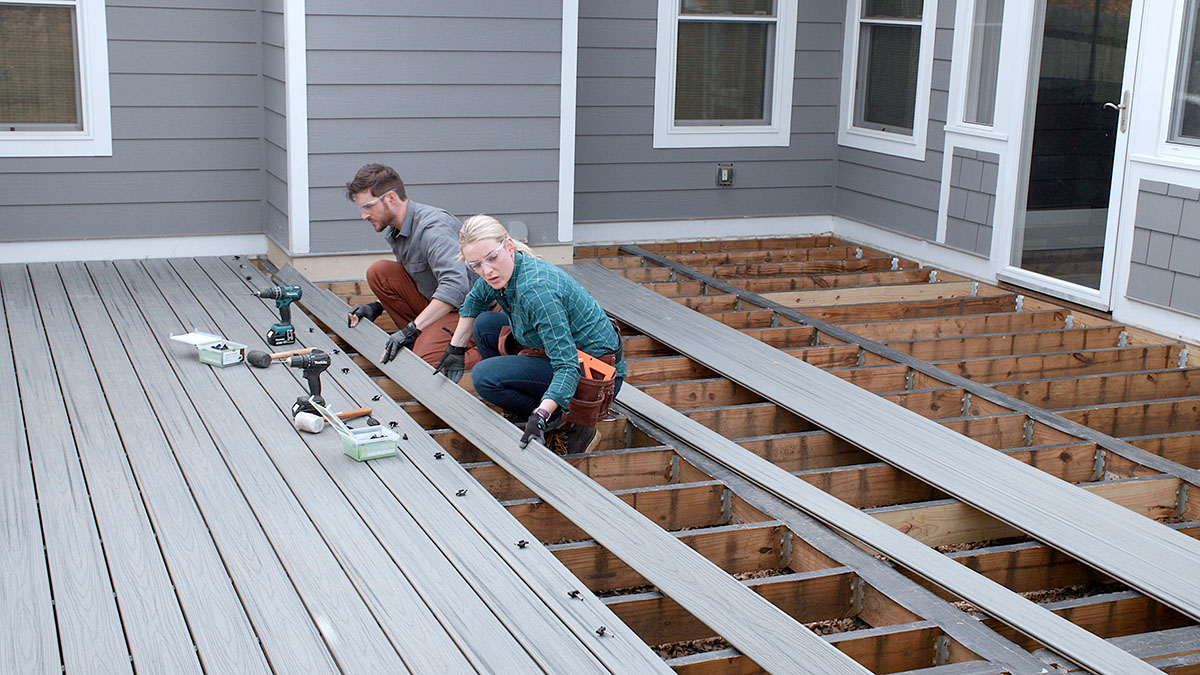
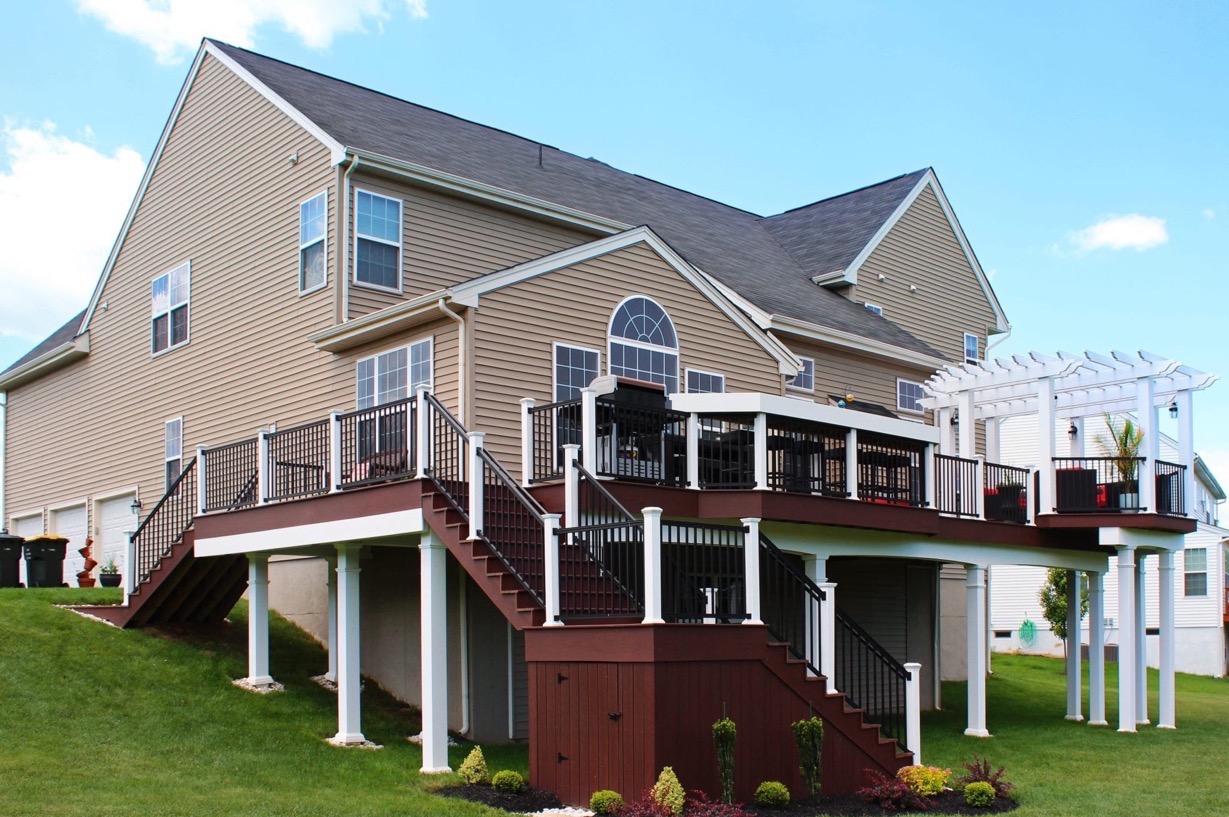
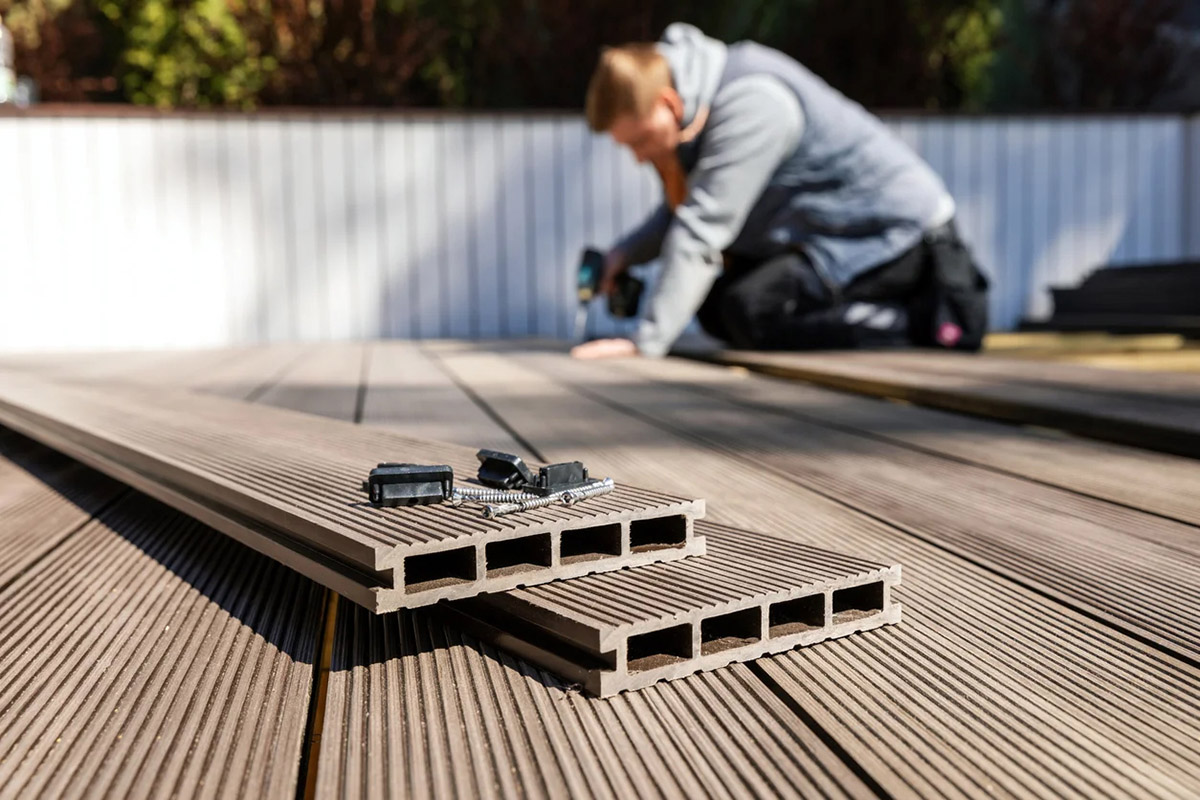

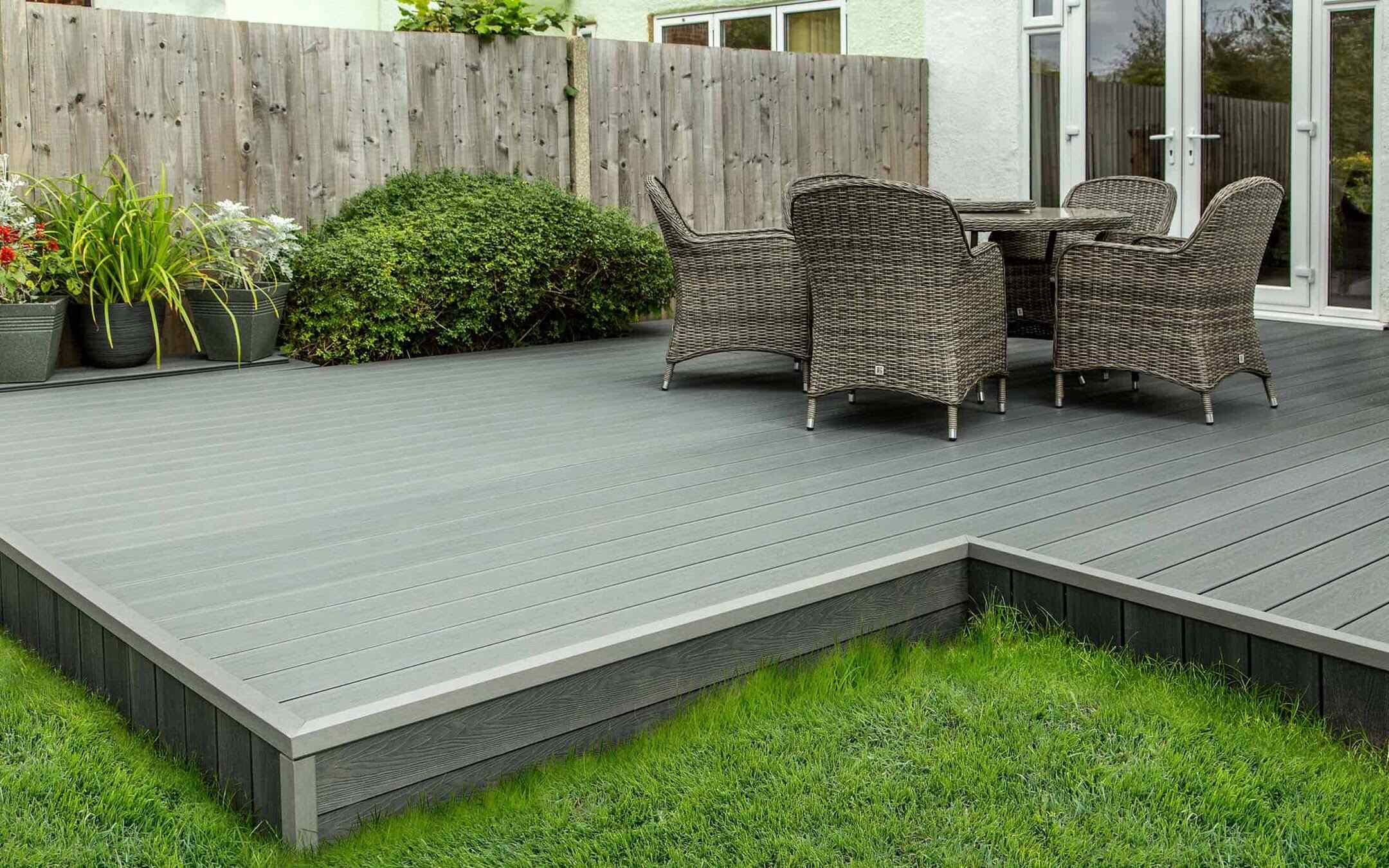
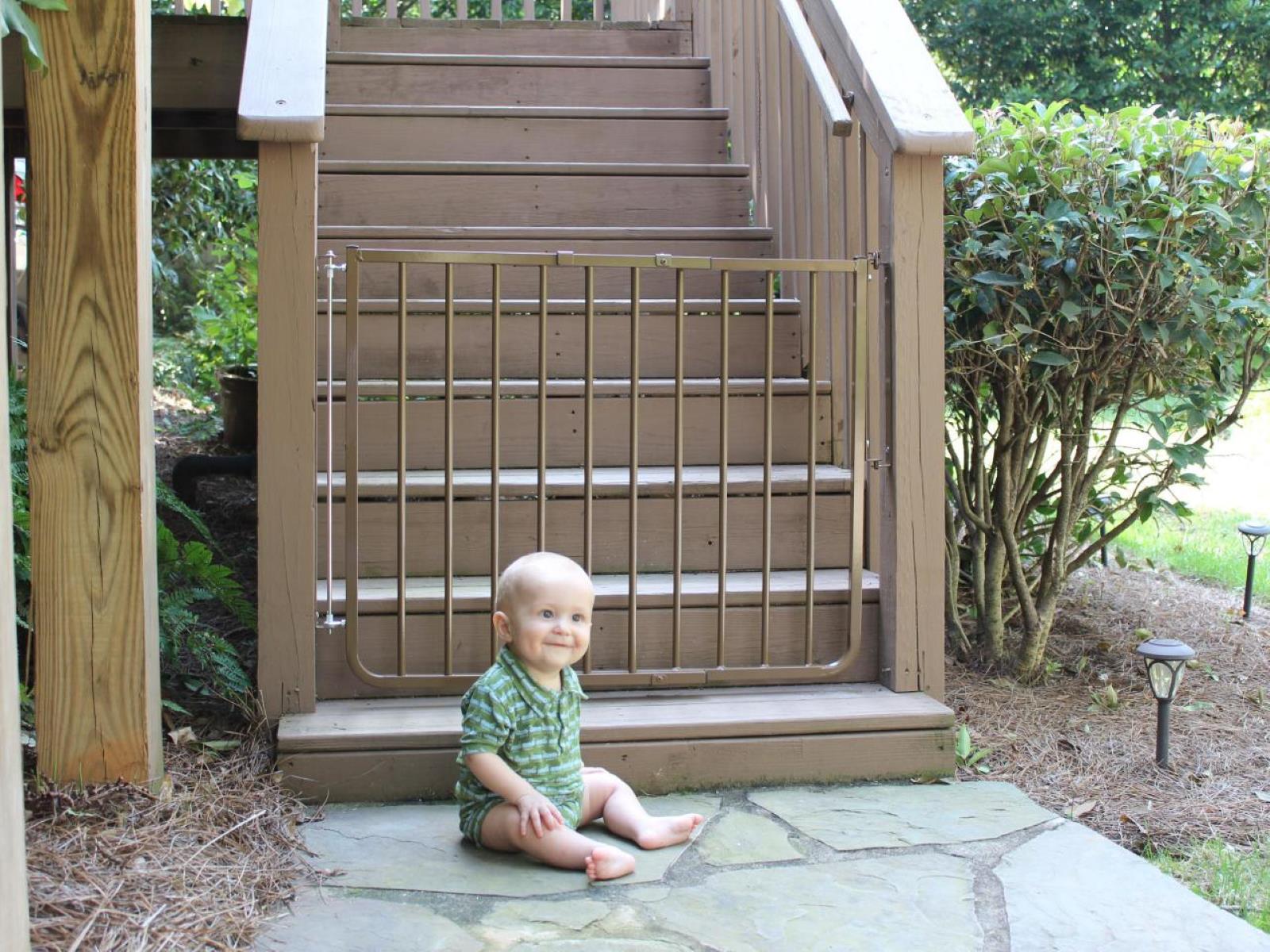
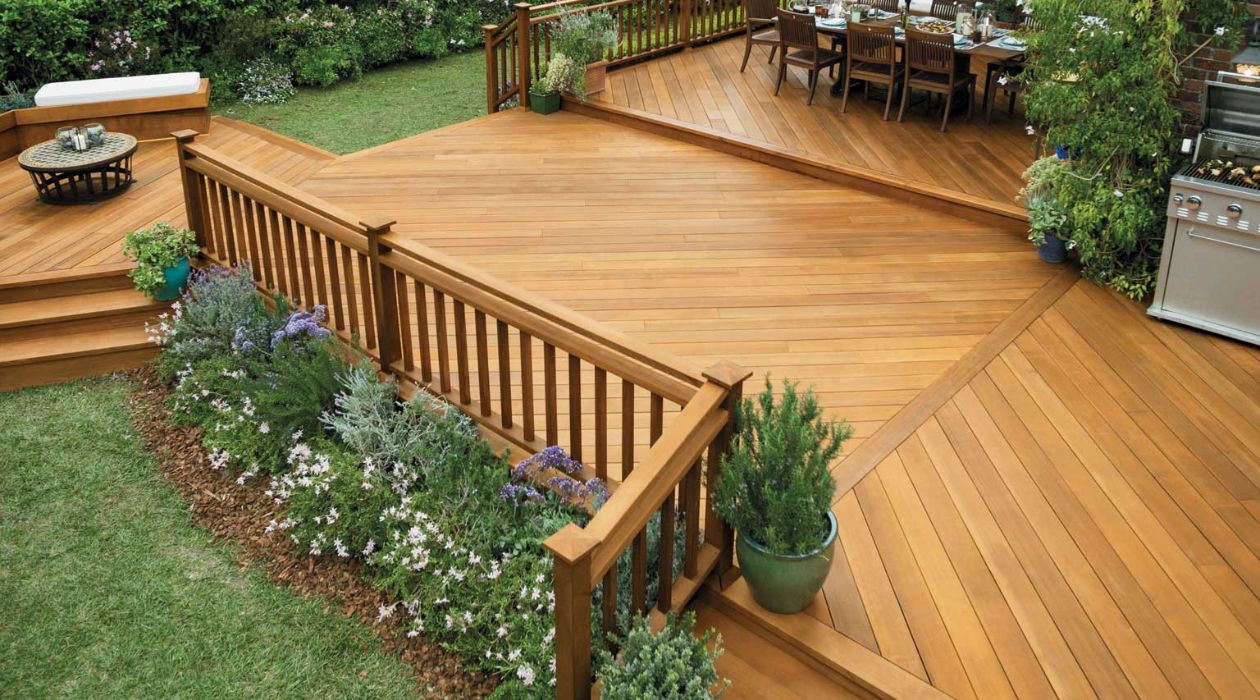
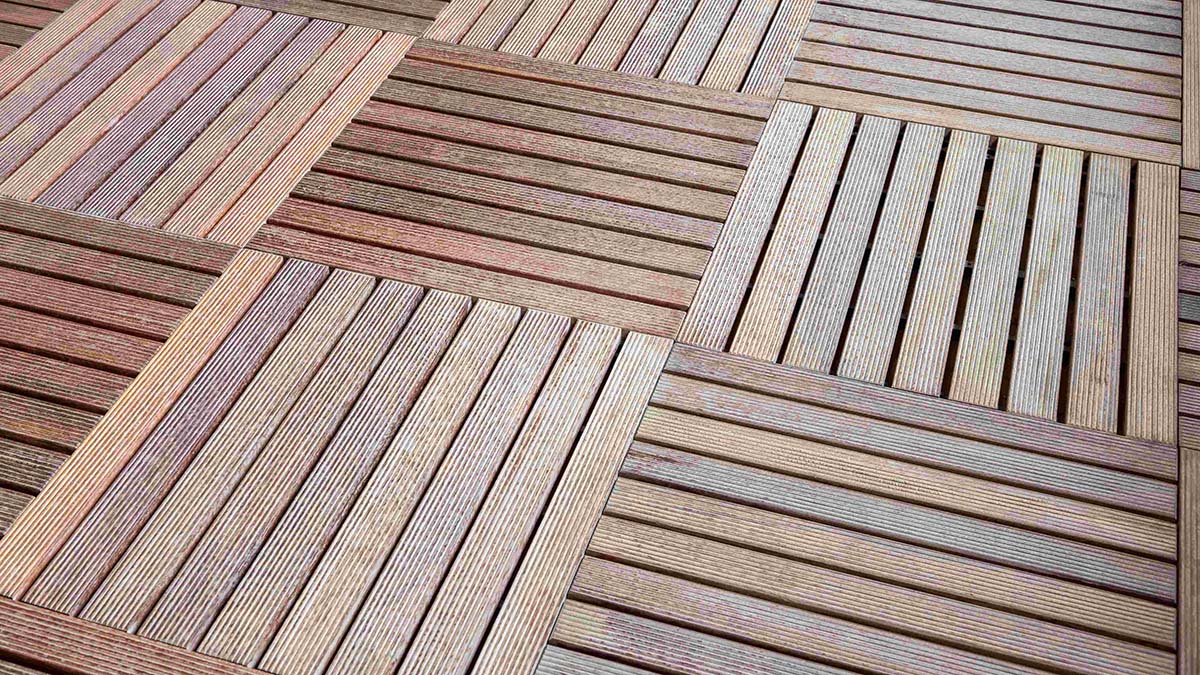
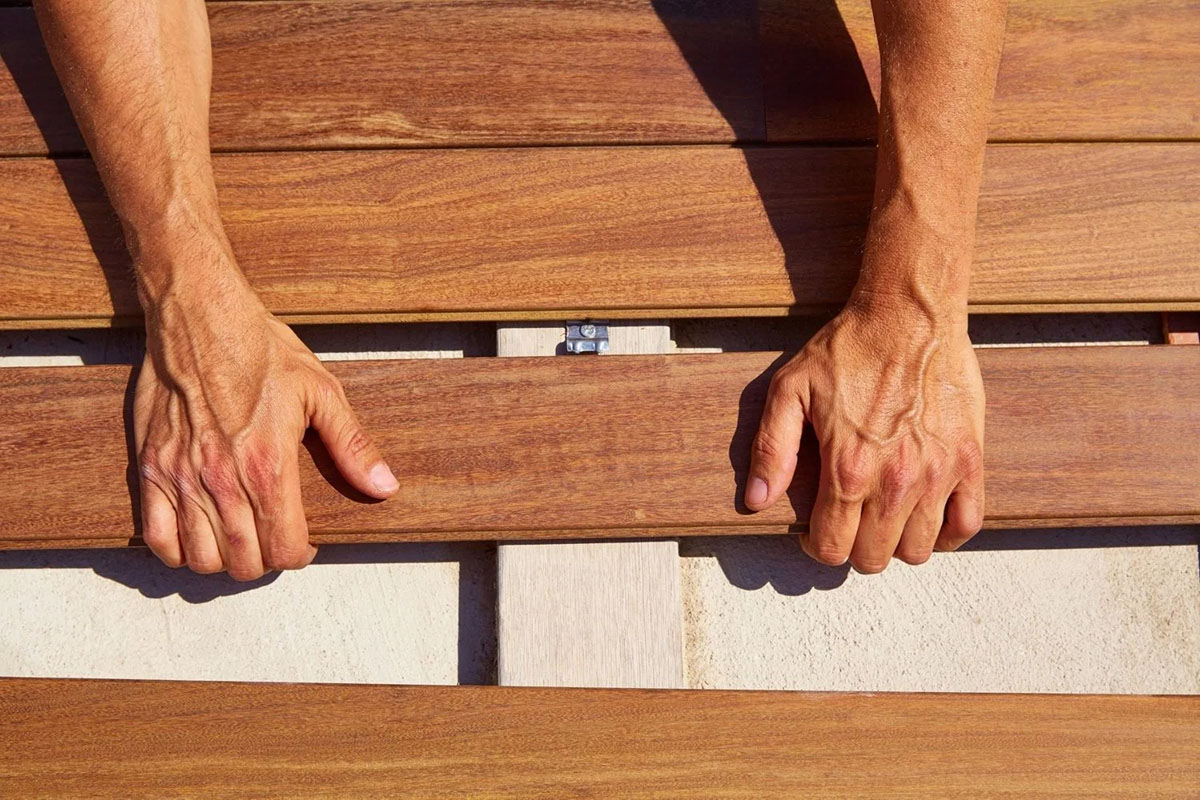
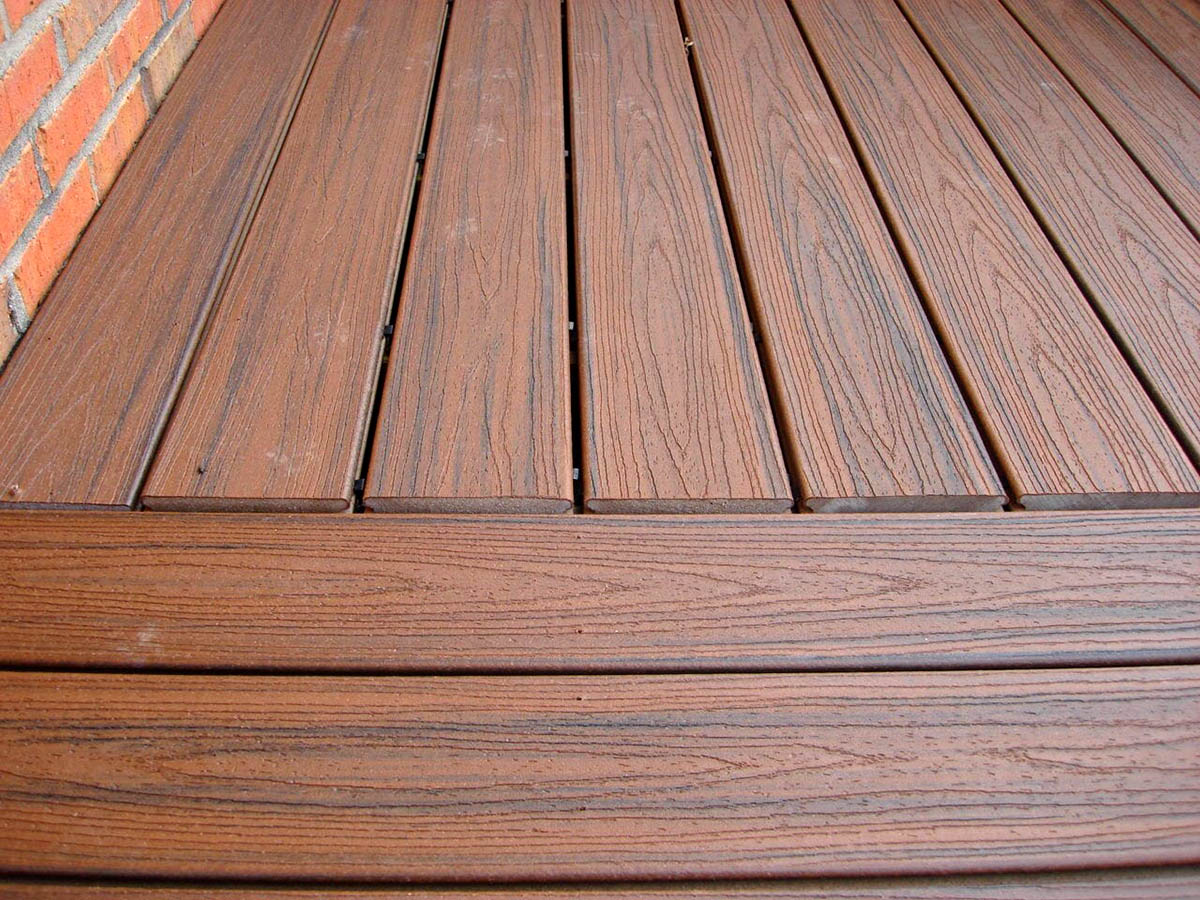
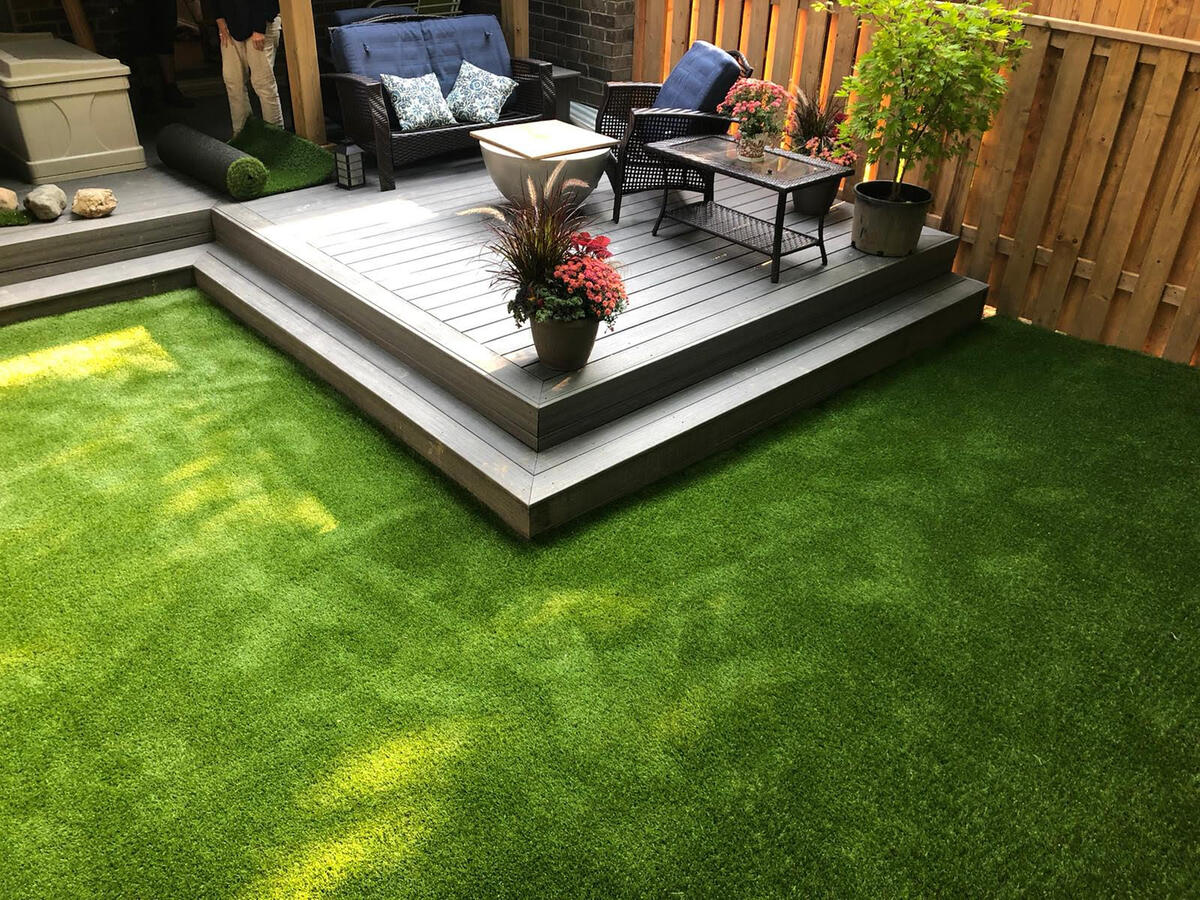

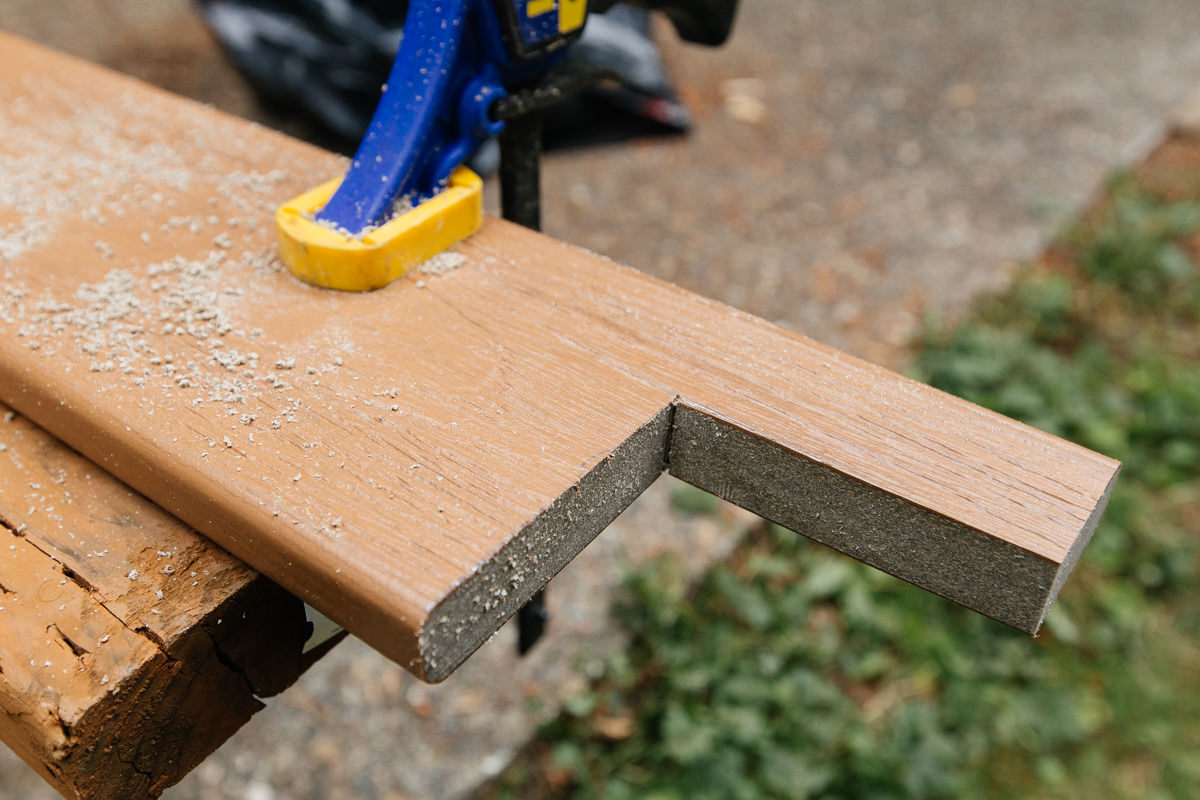
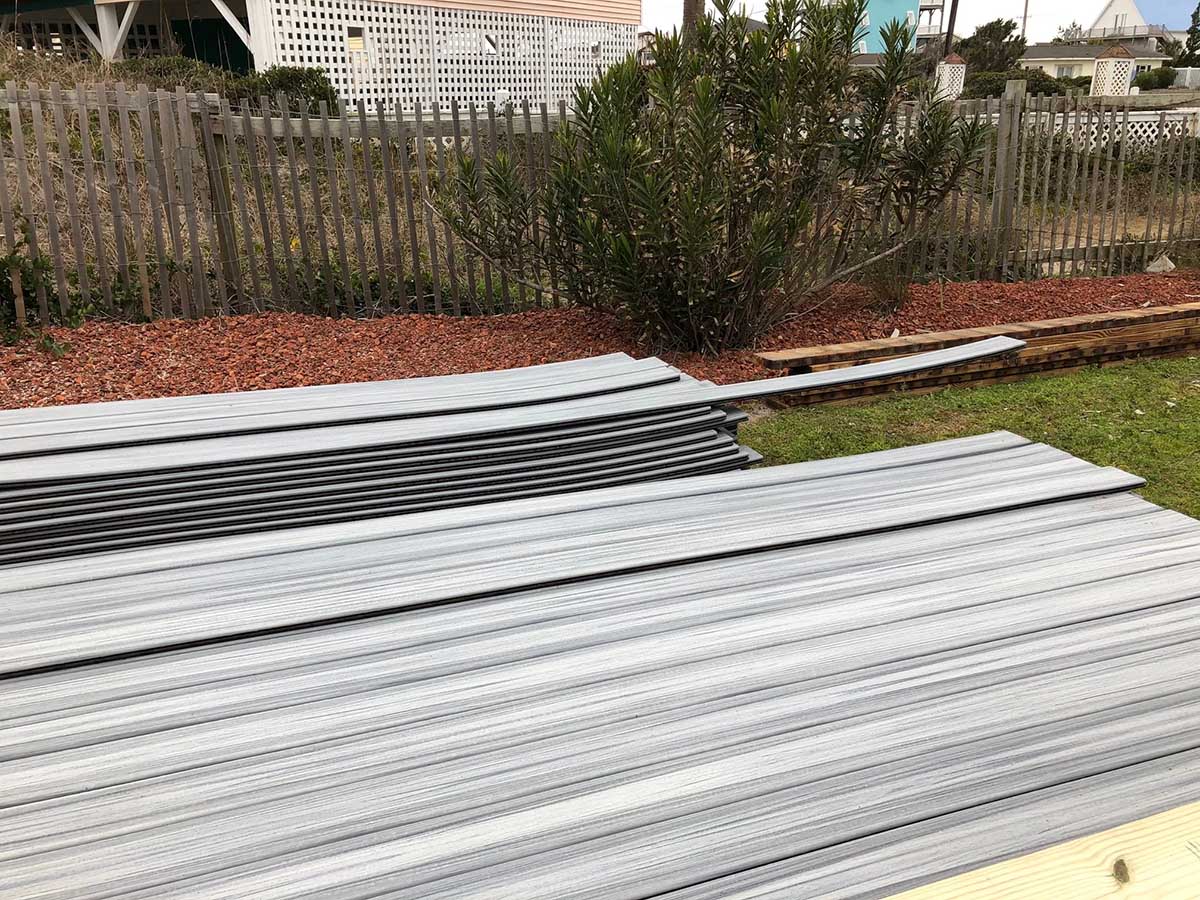

0 thoughts on “How To Care For Ipe Decking”